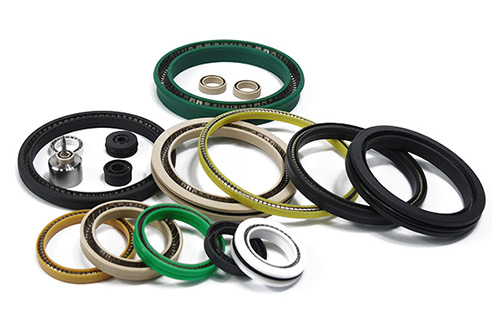The impact of O-ring and friction not only affects the working state and sealing effect of the damaged parts, but also improves the friction crawling phenomenon caused by the sealing ring by changing the chemical molecular composition in the sealing material to a certain extent, enhancing the sealing performance advantage. In the process of changing the material of polyurethane O-rings (PU), the professional technical design of Shanghai Yinjian Sealing Manufacturer will prepare and grasp in advance how to optimize the conversion between O-rings and friction applications.
Friction and wear are important factors affecting the damage of polyurethane O-rings (PU) in dynamic sealing devices. The degree of wear mainly depends on the magnitude of friction. When the liquid pressure is small, the magnitude of the friction force of the O-ring depends on its pre compression shrinkage. When the working fluid is under pressure, the frictional force increases with the increase of working pressure. When the working pressure is less than 20MPa, the relationship is approximately linear. When the pressure is greater than 20MPa, as the pressure increases, the increase in the contact area between the O-ring and the metal surface gradually slows down, and the increase in friction force also correspondingly slows down. Under normal circumstances, the service life of the sealing ring will decrease approximately in a square relationship with the increase of liquid pressure.

The increase in friction creates a large amount of frictional heat between the rotating or reciprocating shaft and the O-ring seal. Due to the fact that most polyurethane sealing rings (PU) are made of rubber, their thermal conductivity is extremely poor. Therefore, frictional heat can cause rubber aging, leading to the effectiveness of the sealing ring and damaging its sealing performance. Friction can also cause surface damage to the sealing ring, reducing the amount of compression. Severe friction can quickly cause surface damage to the sealing ring and loss of sealing performance. When using seals for pneumatic reciprocating motion, frictional heat can also cause adhesion, causing further increase in friction.
During low-speed movement, friction resistance is also a factor that causes crawling and affects the working performance of components and systems. Therefore, the magnitude of friction force largely depends on the surface hardness and roughness of the sealed component.











